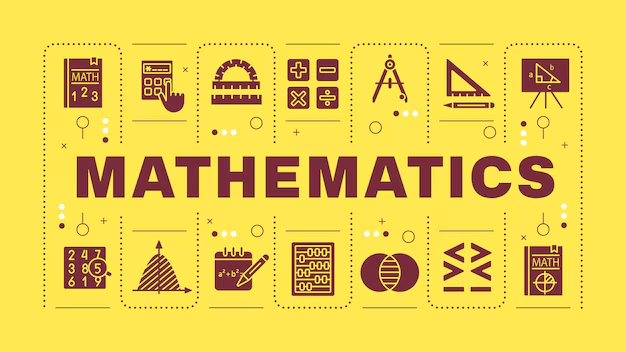Junior School Math – Class V
- Home
- Junior School Math – Class V

Junior School Math – Class V
Number Sense and Basic Operations:
- Numbers up to 1,00,000 Counting, reading, and writing numbers up to 1,00,000.
- Place value understanding (lakhs, thousands, hundreds, tens, and ones).
Addition and Subtraction:
- Addition and subtraction of five-digit numbers with and without regrouping.
- Problem-solving involving real-life scenarios.
Multiplication and Division:
- Multiplication facts up to 12×12.
- Division with larger dividends and divisors.
- Patterns, Factors, and Multiples; Identifying and extending number patterns.Introduction to factors and multiples.
Measurement, Time, and Money:
- Measurement – Length, Weight, Capacity, and Time.
- Measurement using standard units.
- Solving problems involving length, weight, capacity, and time.
- Money and Decimals: Addition and subtraction of money with decimals.
- Understanding and comparing decimals.
Data Handling and Graphs:
- Collecting and representing data in different types of graphs.Interpreting and analysing data sets.
Week 6: Creating Charts and Graphs
- Introduction to different chart types: bar, line, pie, column, etc.
- Creating and inserting charts.
- Customizing chart elements: titles, labels, legends, and colors.
- Utilizing Sparklines for data visualization.
Week 7: Data Analysis Tools
- Using PivotTables to summarize data.
- Utilizing conditional formatting to highlight data trends.
- Introduction to basic statistical functions: COUNTIF, AVERAGEIF.
Week 8: Advanced Data Management
- Working with multiple worksheets: linking and referencing data.
- Protecting and sharing workbooks.
- Using advanced sorting and filtering options.
- Introduction to What-If Analysis: Goal Seek and Scenario Manager.
Week 9: Excel for Academic Projects
- Planning and organizing a school project in Excel.
- Using Excel to create project timelines and schedules.
- Integrating Excel with other Microsoft Office tools (Word, PowerPoint).
- Collaborative work using Excel Online and OneDrive.
Week 10: Real-World Applications of Excel
- Budgeting: creating personal and school project budgets.
- Data collection and analysis for science projects.
- Using Excel for tracking and organizing extracurricular activities.
- Introduction to Excel in business and professional settings.
Week 11: Review and Practical Applications
- Review of key concepts and skills learned.
- Hands-on practice with sample projects.
- Q&A session to address student queries and challenges.
- Collaborative group activity to create a comprehensive Excel project.
Week 12: Final Project and Presentation
- Students work on individual or group projects using Excel.
- Preparing and presenting the final project to the class.
- Peer review and feedback session.
- Course wrap-up and discussion of advanced Excel learning paths.
Assessment and Evaluation:
- Weekly assignments and quizzes to reinforce learning.
- Mid-course project to apply intermediate skills.
- Final project presentation to demonstrate comprehensive understanding.
Materials Needed:
- Access to computers with Microsoft Excel installed.
- Course handouts and practice worksheets.
Instructor’s Notes:
- Encourage active participation and collaboration among students.
- Provide real-life examples and applications of Excel skills.
- Offer additional support and resources for students needing extra help.
- Continuously assess and adapt the course based on student progress and feedback.
- This course aims to build a strong foundation in Microsoft Excel for middle school students, preparing them for future academic and professional tasks requiring spreadsheet skills.


